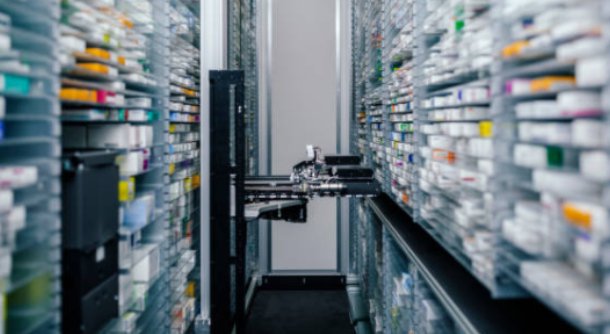Administrative Automation: Its Impact on Healthcare Is Huge
March 4, 2021

It is no secret that healthcare costs continue to rise at unsustainable rates. The industry is working as hard as it can to keep costs in check. In fact, a big area of emphasis right now is administrative automation. Complete automation is seen as the next frontier for streamlining administration.
According to the Council for Affordable Quality Healthcare (CAQH), the U.S. healthcare industry has already saved some $122 billion by automating some administrative transactions. Claims inquiries are but one example. Automating such inquiries can save nearly $12 per transaction for medical claims and nearly $11 for dental.
The CAQH estimates an additional $16.3 billion in savings should the industry transition fully to electronic transactions. That represents a 42% savings on total annual transactional spend. Savings would be realized through greater efficiency and a reduced need for manual services.
What would saving $16.3 billion look like? There are a number of possibilities, beginning with eligibility and benefits verification. As things currently stand, healthcare providers must manually verify a patient's health insurance benefits along with deductibles, co-payments, coinsurance, etc.
The CAQH says that such transactions represent the highest volume of savings from administrative automation. By integrating all such information electronically and making it freely available across nationwide medical networks, the need for manual verification is eliminated. Just by entering a patient's name and identification number, all things benefits-related can be automatically verified within seconds.
Our healthcare system often demands that services be authorized prior to delivery. A lack of such authorization would mean a patient's health insurance plan will not cover the costs. Unfortunately, providers and carriers currently interact with one another to confirm prior authorizations manually. Like eligibility and benefit verification, prior authorizations can be automated.
Doing so would require a set of standard electronic transactions that would govern how provider and carrier networks would interact. All such standards would have to be in line with HIPAA rules.
Next up are provider claim submissions that can now be done either electronically or manually. Some claims are filed directly with the health plan while others go through an intermediary or clearinghouse. Fortunately, claim submissions are already well on the way to being fully automated. But there is plenty of room to improve.
The CAQH estimates that adoption of automated claims is currently stable at 96%. Dental claims are stable at 82%. They believe that within the next couple of years, claim submissions will be 100% automated for both medical and dental. They estimate savings of $5.5 billion annually as a result.
Healthcare providers often rely on additional medical documents, known as attachments, to provide relevant information to carriers. These attachments are utilized to further settle claims or adjudicate prior authorizations and appeals.
The goal of automating this sort of medical documentation is to eliminate document exchange via old school methods like snail mail and fax. Documents would be created, stored, and exchanged automatically. In an automation scenario, all such documents would automatically be sent with claims, relying on a preemptive model to avoid appeals as much as possible.
Vendors are working on standards for automating document exchange. However, progress has been slow in that there is no federal mandate to make such documents electronic. Vendors are still giving most of their attention to electronic health records and digital prescriptions.
Increasing the amount of automation involved in healthcare administration promises to impact our healthcare system dramatically. In addition to saving tens of billions of dollars, automation can streamline healthcare delivery, increase efficiency, and reduce errors and delays.